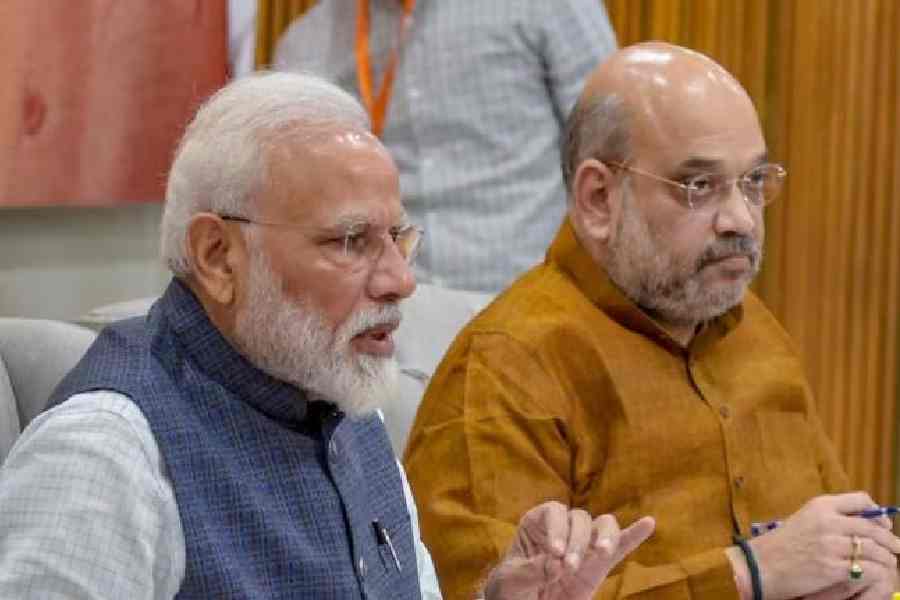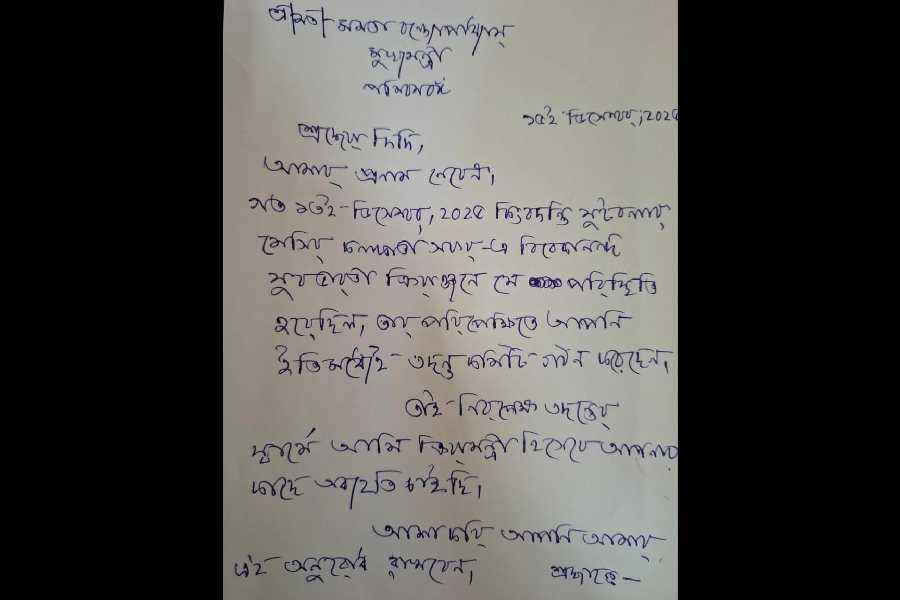The performance of the national economy and the data on growth invariably get politicians excited. Ever since it was reported that India’s gross domestic product registered a growth of 7.6% in the second quarter of 2023-24, there have been choruses from the powers that be that the Indian economy is doing rather well. The Opposition, of course, would have none of this self-congratulatory noise from the government. Members of the Opposition have pointed out that the economic growth, if there indeed is one, is not representative. They argue that the worker population ratio, according to the periodic labour survey data, is poor; prices of essential commodities remain sky-high; as does the unemployment rate, especially among young graduates. The sabre-rattling over economic data underscores electoral imperatives. Politicians assume that while an underperforming economy leads to change in governments, robust economic performances help the parties in power.
Yet, there is data to suggest that such a simple correlation — a directly proportional relationship between economic growth and electoral preference — may not always hold true. The relationship between the economy and national elections is far more nuanced. A glance at election results between the liberalisation of the Indian economy and, say, the first term of the Narendra Modi government would reveal some interesting paradoxes. In the first parliamentary elections post-liberalisation, the Congress regime that opened India’s markets to usher in growth was removed from power; in 2004, it was the turn of the National Democratic Alliance government to bite the dust even though growth figures had improved; in 2009, there had been a perceptible slump in the economy with the onset of a global financial crisis but the Manmohan Singh government was returned to power; five years later, a resurrected economy could not prevent the United Progressive Alliance’s decimation; in 2019, the economy nosedived again, thanks to Mr Modi’s disastrous domestic policies — yet, he triumphed in the Lok Sabha polls with a thumping majority. Taken together, the data-set would compel poll pundits to scratch their heads: for the usual assumptions concerning the economy and electoral outcomes have often been defied by Indian politics.
This is not to say that economic performance is irrelevant to political outcomes. Elections have been won on the basis of welfare programmes and pledges in the past. This remains a fact even in the era of alleged rewdi culture. But there is perhaps merit in the argument that the packaging — curation — of a government’s economic performance matters as much as actual economic indicators when it comes to electoral contests. This, in turn, makes modern elections contingent upon — a hostage to? — strategies that are meant to create and control narratives. The ruling Bharatiya Janata Party’s performance in this aspect has been envious. It has succeeded in weaving in a host of factors — religious polarisation, geo-political triumphalism and selective welfare — to deflect public attention from the deteriorating economic situation on the ground. The Opposition’s inability to effectively counter this deception also explains its own despair at the hustings.
The economy and the polity remain fascinating spheres. This is because the twain often do not meet.










